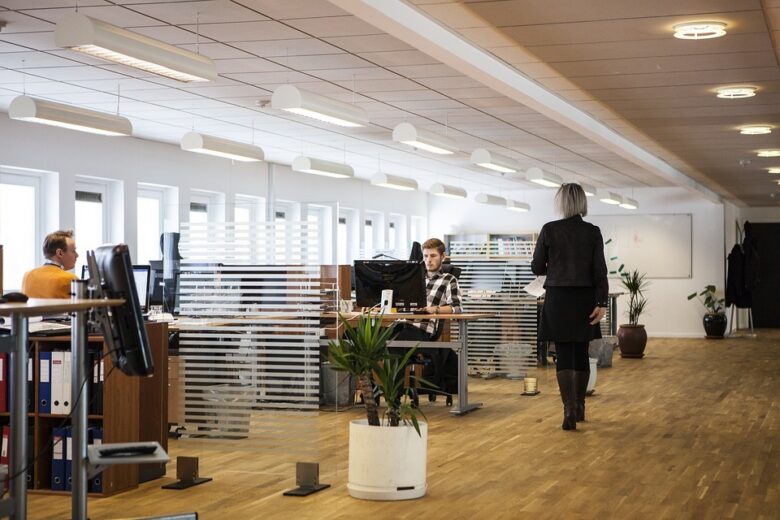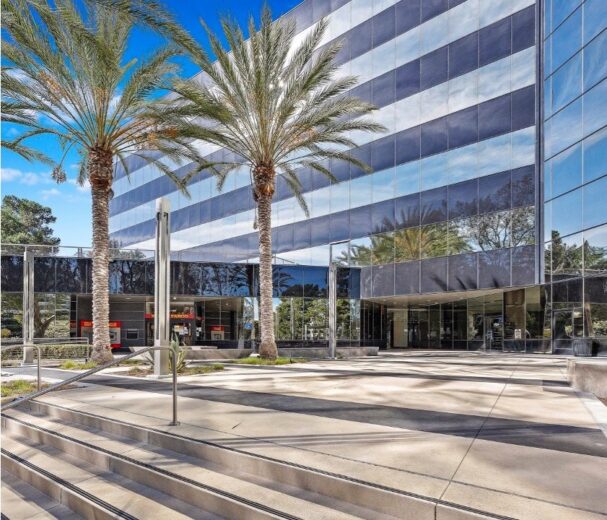Top Trends and Strategies for Return to Office
October 23, 2024

The return to office (RTO) movement is shaping the commercial real estate landscape in significant ways. While employers are eager to bring employees back to physical workspaces, recent surveys reveal a substantial level of resistance among the workforce. Understanding these dynamics is essential for navigating the evolving workplace culture and real estate strategies.
Employee Sentiment Towards RTO
Recent insights from Harvard Business Review highlight the growing discontent among employees regarding RTO initiatives. A striking 60% of employees report that the costs associated with commuting outweigh the benefits of being in the office. Furthermore, 67% feel that the effort required to commute and work in the office has increased compared to pre-pandemic times.
Additionally, 73% of employees believe that returning to the office feels more expensive due to rising commuting costs and other associated expenses. Most notably, 48% feel that RTO mandates prioritize what leaders want over their actual needs to perform effectively. This disconnect presents significant challenges for employers striving to balance organizational goals with employee satisfaction.
Strategies for a Successful RTO Mandate
To address these concerns and encourage a smoother transition back to office life, employers can implement several key strategies:
- Transparent Communication
Clear communication about new policies and the reasoning behind them is essential. Employers should articulate the importance of RTO for fostering company culture, enhancing collaboration, and driving productivity. By engaging employees in discussions about the hybrid work model, organizations can foster a sense of inclusion and mitigate resistance. - Embracing a Hybrid Future
The hybrid work model is emerging as a compelling solution to meet both organizational objectives and employee preferences. According to Build Remote, 77% of Fortune 100 companies have adopted a hybrid schedule, with 45% reducing their office space footprints. This trend underscores the need for flexibility in work arrangements. By offering flexible office hours, employers can empower employees to choose when they work in the office, thus promoting a healthier work-life balance. - Enhancing Work Environments
For employees who find it challenging to work effectively in traditional office settings, tenant improvements (TI) are crucial. As organizations reassess their office spaces, there may be a growing need for enhancements that create more comfortable and productive work environments. By investing in space improvements like open floorplans and collaborative areas or upgraded lighting and acoustics, employers can significantly impact employee engagement and overall productivity.
Outlook for 2025
As organizations navigate the complexities of RTO, several trends are likely to shape the commercial real estate landscape in 2025:
- Redesigning Office Spaces
Offices will increasingly be designed to foster collaboration and creativity rather than simply serving as workspaces. Companies will invest in open spaces, breakout areas, and amenities that promote employee well-being, making the office a more attractive place to work. - Sustainability and Well-Being
There will be a continued emphasis on sustainability as organizations seek to reduce their carbon footprints. Expect more buildings to incorporate eco-friendly materials and energy-efficient technologies, along with features that promote physical and mental health. - Data-Driven Decision Making
The integration of data analytics into commercial real estate will become more prevalent. Employers will analyze occupancy rates and employee feedback to make informed decisions about space utilization and enhance employee experiences. - Focus on Community and Culture
As companies rebuild their workplace cultures, there will be a renewed focus on creating a sense of community. This includes hosting team-building events and designing spaces that encourage collaboration across departments.
Embracing Change for a Productive Future
As employers push for RTO, addressing employee concerns and enhancing work environments will be essential. By prioritizing transparent communication and adopting a hybrid approach, organizations can create a more supportive workplace. Additionally, focusing on tenant improvements will help to craft inviting workspaces that cater to employees’ evolving needs.
To learn more about how to enhance your office environment and support your workforce without tying up your cash reserves, contact Dolfin. We’ll help you access the funds you need to create spaces that not only boost productivity but also foster a positive and engaging workplace culture in the year ahead.




